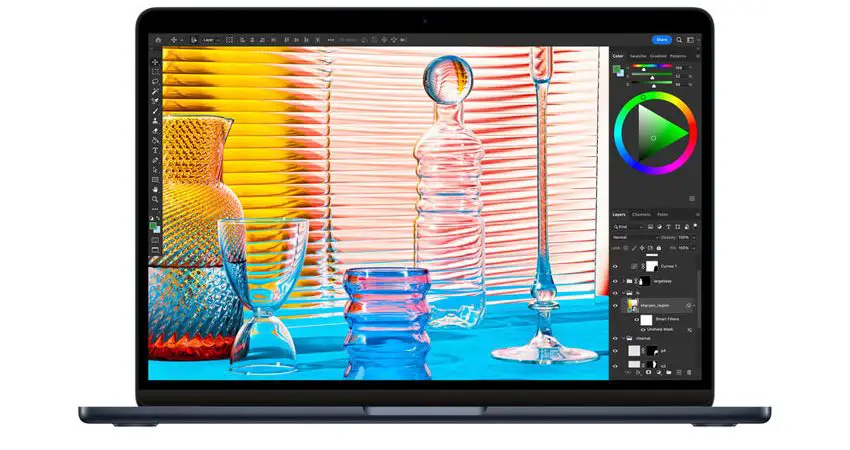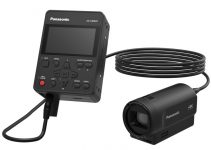When Apple announced the M2 MacAir last June, the slick Apple-produced presentation about the new M2 processor seemed to conveniently forget to mention that the fanless logic board design may encounter overheating issues.
The fix comes from YouTuber MaxTech, who uses cheap silicone thermal pads to wick away excess heat from the heat sink covering the M2 MacAir’s logic board.

Image Credit – MaxTech/YouTube
Because of its super thin, 0.44 inch (1.13 cm) design, Apple’s latest ultrabook is one of the thinnest laptops on the market.
At less than a half inch, the M2 MacAir is so thin that fans are not used for keeping the latest M2 chip cool. Apple chose a heat sink instead to manage the heat coming off the processor and keep the interior cool. This also has the added benefit of keeping the MacAir extremely quiet.
However, many users have begun complaining that the M2 MacAir is having overheating issues with temperatures exceeding 108°. Often as quickly as 30 seconds of high-performance use. As such, the computer engages in thermal throttling which slows the computer down.
Apple would argue that the MacAir isn’t really designed for higher performance applications like gaming or video editing in 4K. This is more the domain of the MacBook Pro, which has fans built in to keep the laptop cooler as the CPU’s usage approaches 100 percent.
But the MacAir, with no fans, has to rely on a heat sink, and as such, can get hot, especially in warmer temperatures. To protect the logic board and another circuity in the MacAir, the OS engages in thermal throttling, which limits the amount of power that the CPU can use, and as such, slows it down.
Image Credit – MaxTech/YouTube
MaxTech, on YouTube, found these Thermalrite adhesive silicone thermal pads, which can be attached to the heat sink of the MacAir and can help the heat sink wick away the heat coming off the processor much faster. The pads are also customizable, by cutting them down to any useful size.
The best part is, that the installation only requires the removal of four screws to remove the back panel, revealing the heat sink covering the logic board.
Then it’s a simple matter of cutting the pads to size, removing the backing, and affixing them across the breadth of the heat sink. Then replace the back panel and the screws, and the MacAir is ready to go with a little added thermal protection.
Image Credit – MaxTech/YouTube
In his Cinebench benchmarks, which stressed the CPU with 4K video rendering, MaxTech found that instead of hitting the max CPU temperature in 28 seconds, the CPU didn’t reach that barometer until nearly a minute and a half.
That may not sound like a lot, but it is a clear result that the MacAir can perform more intensive tasks for longer without thermal throttling being engaged. Max also showed that the mod actually improved rendering times for exporting a 42MB image out of Adobe Lightroom. But only by a few seconds.
So is it worth it? Well, the price of the thermal pads is only $15, so from a price point of view, it’s not a bad workaround. But when dealing with an overheating laptop, getting another minute or so is largely a Pyrrhic victory, and there’s always a risk that exposing the laptop’s circuitry could result in a short.
Then there’s the risk that if you open up that back panel it’s a good bet Apple is going to void the warranty outright, no matter how easy the fix is. So at the end of the day, if you want to try the workaround, there’s a link below to the thermal pads. But as with most workarounds, it’s probably better to let Apple manage the fixes.
[source: MaxTech, YouTube]
Order Links:
Disclaimer: As an Amazon Associate partner and participant in B&H and Adorama Affiliate programmes, we earn a small comission from each purchase made through the affiliate links listed above at no additional cost to you.



